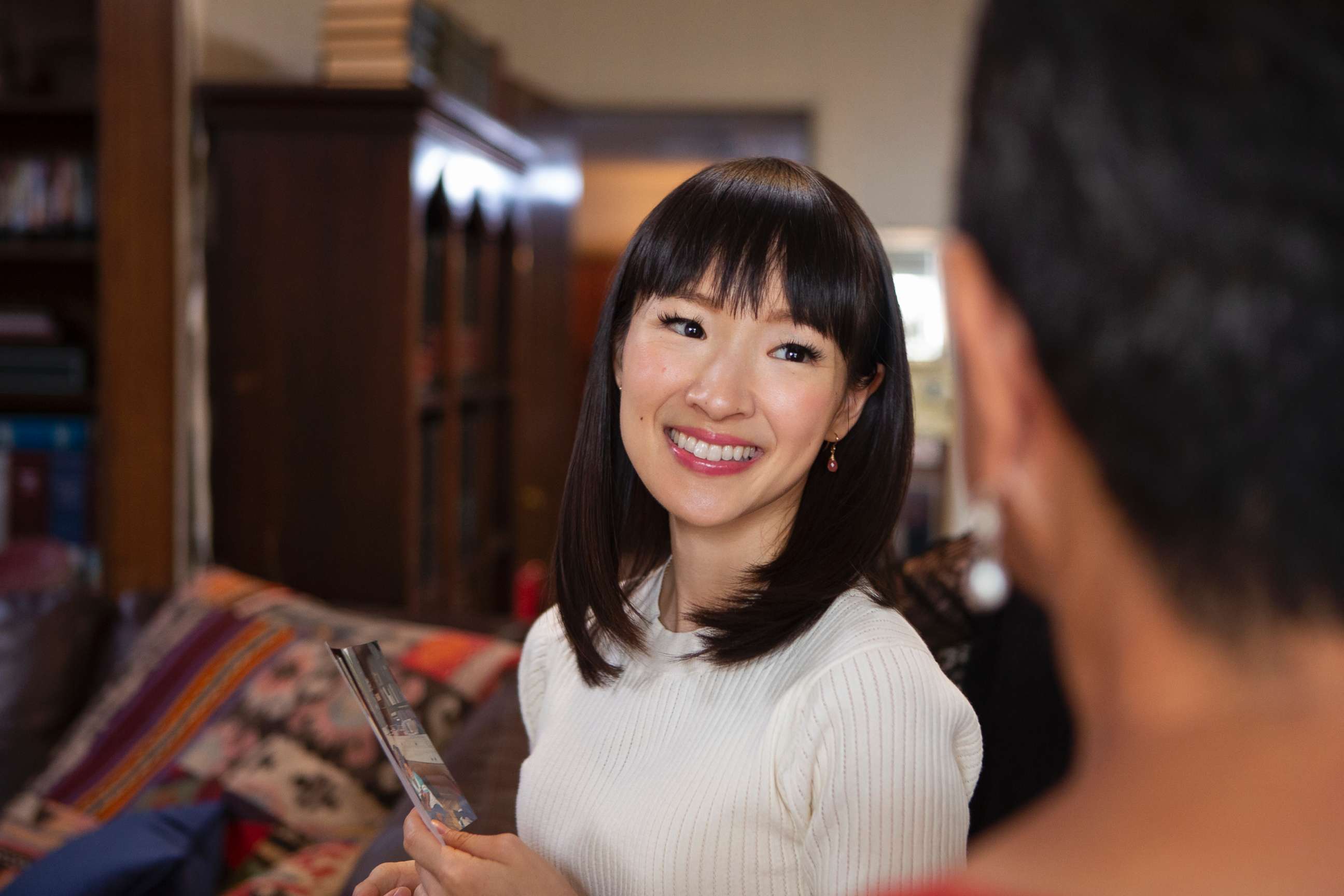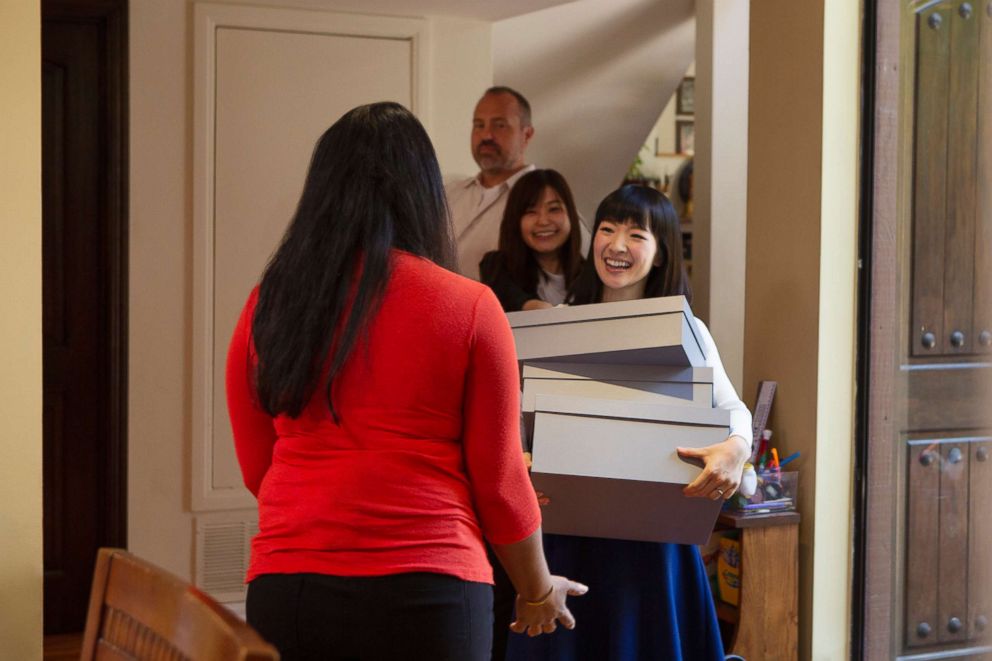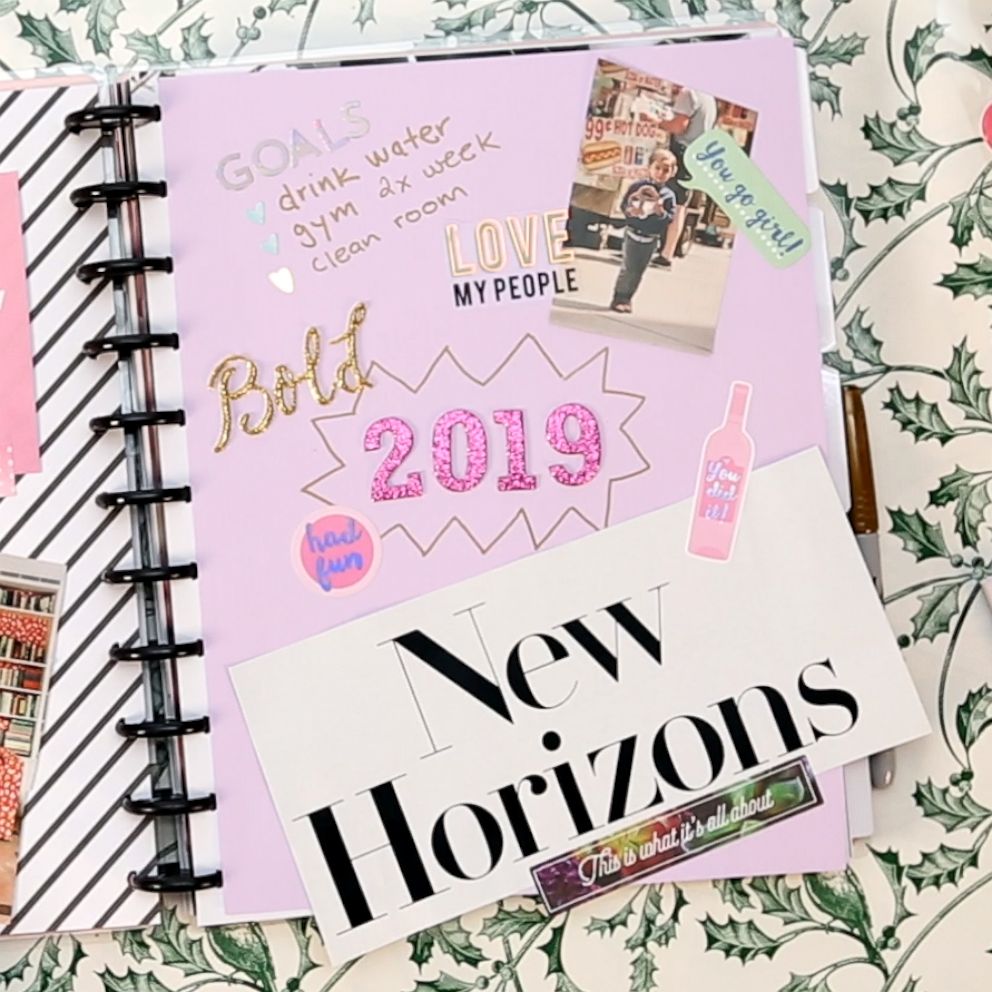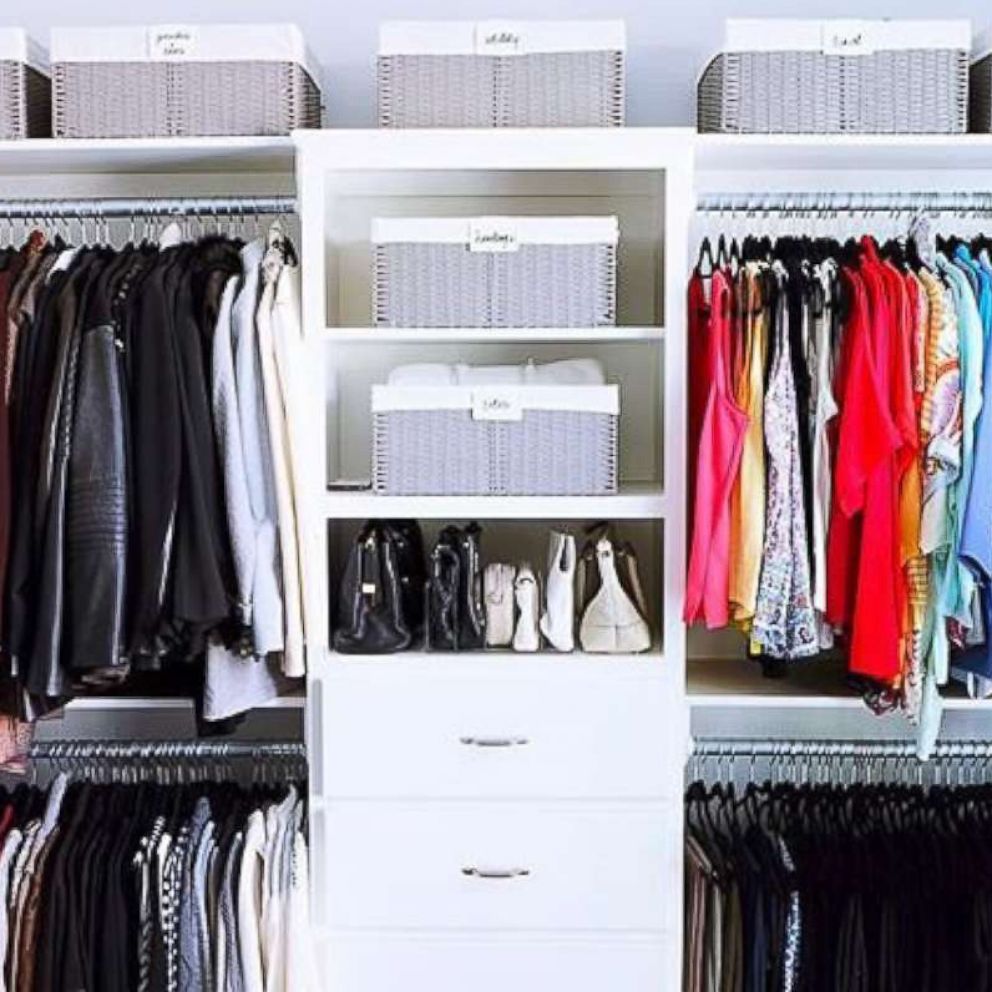Ready to KonMari in 2019? Marie Kondo shares her 6 rules of tidying.
Kondo is the star of the new Netflix series, "Tidying Up With Marie Kondo."
Welcome to GMA’s New Year, Best You. As we ring in 2019, we are sharing everything you need to start the new year strong. From keeping your New Year’s resolutions going to Instagram-worthy meal prep to workout programs to eating plans to taking time for yourself, we have it all covered.
If you have not yet heard of Marie Kondo, you may be living under a pile of clutter.
The home organization guru who sparked a phenomenon with her KonMari method of tidying based on joy is back in the spotlight again.
Kondo is the star of a new Netflix series in which she travels across the U.S. to teach American families the Japanese art of decluttering.
(MORE: 5 ways to make self-care happen in the new year)
“My mission is to spark joy in the world through tidying,” Kondo says in the opening of her show, “Tidying Up with Marie Kondo.”

Joy is at the heart of Kondo’s organizing process. The first thing she says to ask yourself when cleaning and getting rid of items is, “Does the item spark joy?”
If the answer is no, then it should be donated or given to a friend, according to Kondo, the author of the bestselling book, “The Life-Changing Magic of Tidying Up: The Japanese Art of Decluttering and Organizing.”
(MORE: How to make your own DIY vision board to crush your 2019 goals)
Being able to determine what items spark joy is a skill that has to be developed, Kondo told "Good Morning America."
If you have an item, such as a piece of clothing, that doesn't spark joy but is well used, you can change the way you think about the item, according to Kondo. Those items can stay.

"When you wear it, if it gives you, you know, at the most important moment, it really helps you to have this or wear this then hold onto it and say, 'Thank you for helping me in those moments,'" Kondo said.
Closets for most people include a section of clothes they used to fit into at a different size. When it comes to those items, Kondo has one question to ask.
"The determination point is by looking at it, does it make you want to go exercise so you can fit into it? Or does it make you dread that you have to exercise because you want to fit into it?" Kondo explained.
Kondo's practice also includes thanking the clothes you decide to part with before putting them in the donation pile.
"It's difficult for us to let go of things because of, for one, the memories associated to it, but also, a lot of people kind of associate their identity with their possession," she said. "So that makes it much more difficult for people to throw things away."
Kondo suggests tackling clutter by category, not location. For example, instead of taking on an entire bedroom, first start with clothes, then books, then paper, then miscellaneous items and then sentimental items.
De-cluttering by category is one of Kondo's six rules of tidying. The six rules are, in order:
1. Commit yourself to tidying up.
2. Imagine your ideal lifestyle.
3. Finish discarding first.
4. Tidy by category, not by location.
5. Follow the right order (clothes, books, paper, miscellaneous items, sentimental items).
6. Ask yourself, "Does it spark joy?"
Viewers of “Tidying Up with Marie Kondo" can see that Kondo's method is truly life-changing for the families she visits.
"There's nothing ... happier than hearing them, that their life changed," Kondo told "GMA."
Viewers have also been quick to take to social media to show off their tidying, including Kondo's most famous organizing trick, the KonMari folding method.
Kondo recommends folding clothes in halfs or thirds so you end up with a rectangle that stands up by itself. The clothes can then be placed in drawers or on shelves upright so you can easily see what you have.







